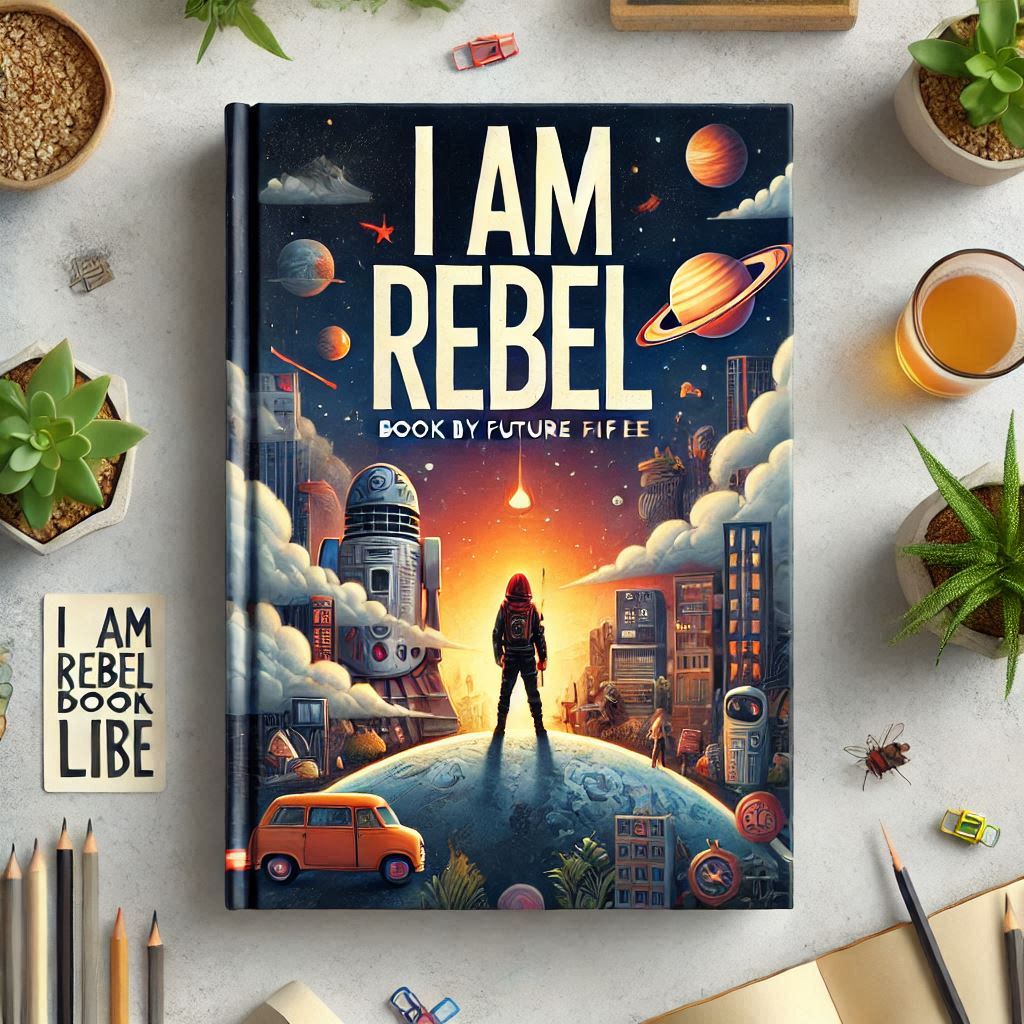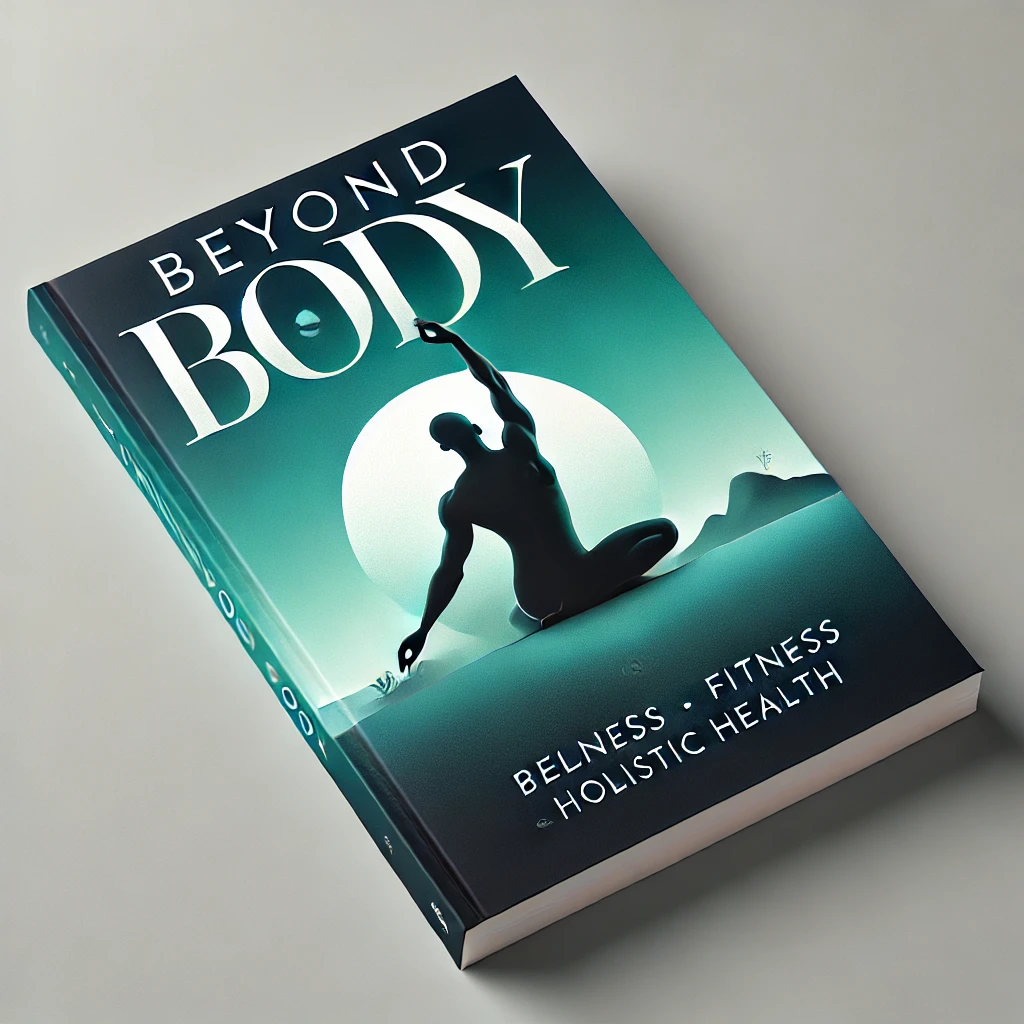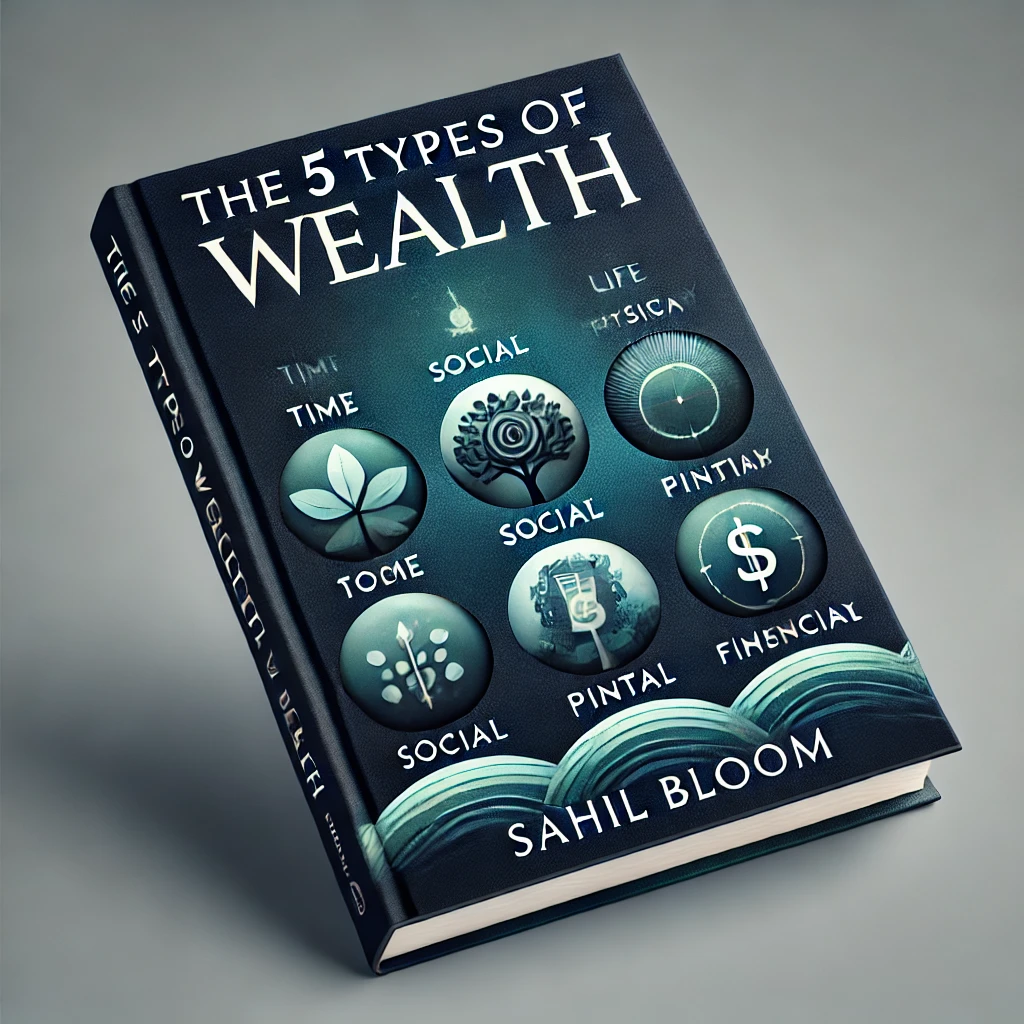Introduction to “I Am Rebel”
Overview of Key Themes in “I Am Rebel”
1. The Power of Nonconformity
One of the main ideas running through the book is that nonconformity holds the power to change and transform. According to the author, societal norms typically serve to stifle creativity and innovation. By thinking in ways that are different, however, rebels break the norm and discover new means to grow and progress.
Be different. Be unique. Standing out often proves more powerful than trying to blend in.
Breakthroughs are the result of critical thinking: Questioning the conventional leads to innovative solutions.
Courage is the key: Bold moves create a way for change.
2. Turning Obstacles into Opportunities
The book reveals how rebels do not see obstacles as barriers but as stepping stones to success. Their ability to reframe problems and adapt to adverse situations makes them different.
Adaptability breeds success: Flexibility in thinking is a hallmark of rebel leaders.
Failure as a learning tool: Mistakes are not setbacks but lessons that shape the journey forward.
Innovation thrives in adversity: Constraints often inspire creativity.
3. Collaboration Among Rebels
While debunking the myth of the lone genius, the book reminds that collaboration is the name of the game. The thought independent rebels love an environment where diverse ideas and perspectives come together.
- Teamwork amplifies impact: Working with like-minded individuals fosters greater achievements.
- Diversity sparks innovation: The variety of perspectives can lead to inventions that no one ever knew existed.
- Communication is key: The clear expression of one’s vision unites individuals toward common goals.
Profiles of Famous Rebels
1. Historical Figures
The book brings to light legendary people, such as Galileo Galilei, who disagreed with the geocentric model of the universe and Mahatma Gandhi whose peaceful resistance changed political landscapes. His story shows how standing on one’s beliefs can influence so much.
2. Modern Innovators
Steve Jobs and Malala Yousafzai are examples of modern-day rebels who have shaken up their respective industries. Jobs changed the face of technology with Apple, and Malala’s fearlessness in advocating for education has inspired millions around the world.
3. Social Change Catalysts
Lessons for Aspiring Rebels
1. Cultivate a Rebel Mindset
To adopt a rebel mindset, one must prioritize curiosity and openness to change. It involves breaking free from the fear of failure and embracing risks.
Challenge assumptions: Challenge the status quo regularly.
Seek different perspectives: Expose yourself to people from different backgrounds.
Practice resilience: Learn to develop mental toughness for setbacks.
2. Build Resilience
Resilience is a defining characteristic of successful rebels. This means learning to bounce back from failures and viewing them as part of the process.
- Learn from failures: Have post-mortems on failed projects to learn lessons.
- Stay optimistic: Focus on long-term goals instead of short-term setbacks.
- Create a support system: Surround yourself with individuals who encourage growth.
3. Find Your Purpose
How to Discover Your Purpose:
- Reflect on passions: Identify what truly excites you.
- Evaluate your impact: Consider how your actions affect others.
- Set meaningful goals: Define objectives that resonate with your values.
4. Do Something
The book clarifies that ideas are worth only as much as actions taken to bring them to Dream life. Rebels go from planning to doing their things with precision.
- Start small: Take big ideas and break them into manageable tasks.
- Stay consistent: Keep the momentum going with steady work toward your goals.
- Measure progress: Frequently assess outcomes to refine the approach.
Critical Analysis of “I Am Rebel”
Strengths of the Book
- Compelling storytelling: The author uses a narrative voice that never lets readers lose interest.
- Practical tips: Every chapter is full of action advice for readers.
- Universal applicability: The book speaks to professionals, creatives, and the average person.
Possible Weaknesses
- Limited discussion of counterarguments: The book does not dive into many of the negative consequences of rebellion.
- Too general examples: Some of the stories may sound too straightforward to experienced readers.
- Limited ethical discussion: The book might have spent more time discussing the ethical limits of rebellion.
Practical Application of Rebel Mind
1. In Business
Rebel thinking brings creativity to competitive businesses. Business such as Tesla and Airbnb, are good examples of business that challenge the norms.
- Encourage innovation by rewarding unusual ideas
- Review old practices to ensure their improvement
- Use customer response to question the norm.
2. In Personal Development
A rebel attitude can be a catalyst for personal growth. This means that one sets high goals and works towards them despite obstacles.
- Make a vision board to have a clear picture of what you want to achieve.
- Celebrate small victories to increase your confidence.
- Build habits that support your values.
3. In Social Movements
Rebel leaders are the core of transformative social movements. From environmental activism to civil rights advocacy, their courage inspires collective action.
- Educate yourself about causes you care about.
- Volunteer or donate to relevant organizations.
- Use your platform to amplify marginalized voices.
4. In Education
- Encourage critical thinking in classrooms.
- Promote interdisciplinary learning for diverse perspectives.
- Foster a growth mindset among students and educators.
5. In Technology
Tech Innovation Tips:
- Embrace emerging technologies to stay ahead of trends.
- Experiment with unconventional approaches to solve tech challenges.
- Prioritize user-centric designs for greater impact.
Conclusion
“I Am Rebel” is an inspiring self-help book for anyone wanting to make a difference, challenging norms, and pushing society in a meaningful way. With the combination of inspirational stories and practical advice, it’s a roadmap to inspire the readers to be a rebel on the inside. With this, the book nurtures nonconformity, adaptability, and teamwork and prepares people to leave an impact in this world. In all personal and professional activities, as well as social endeavors, rebellion becomes a very powerful transformative force if properly channelled.












